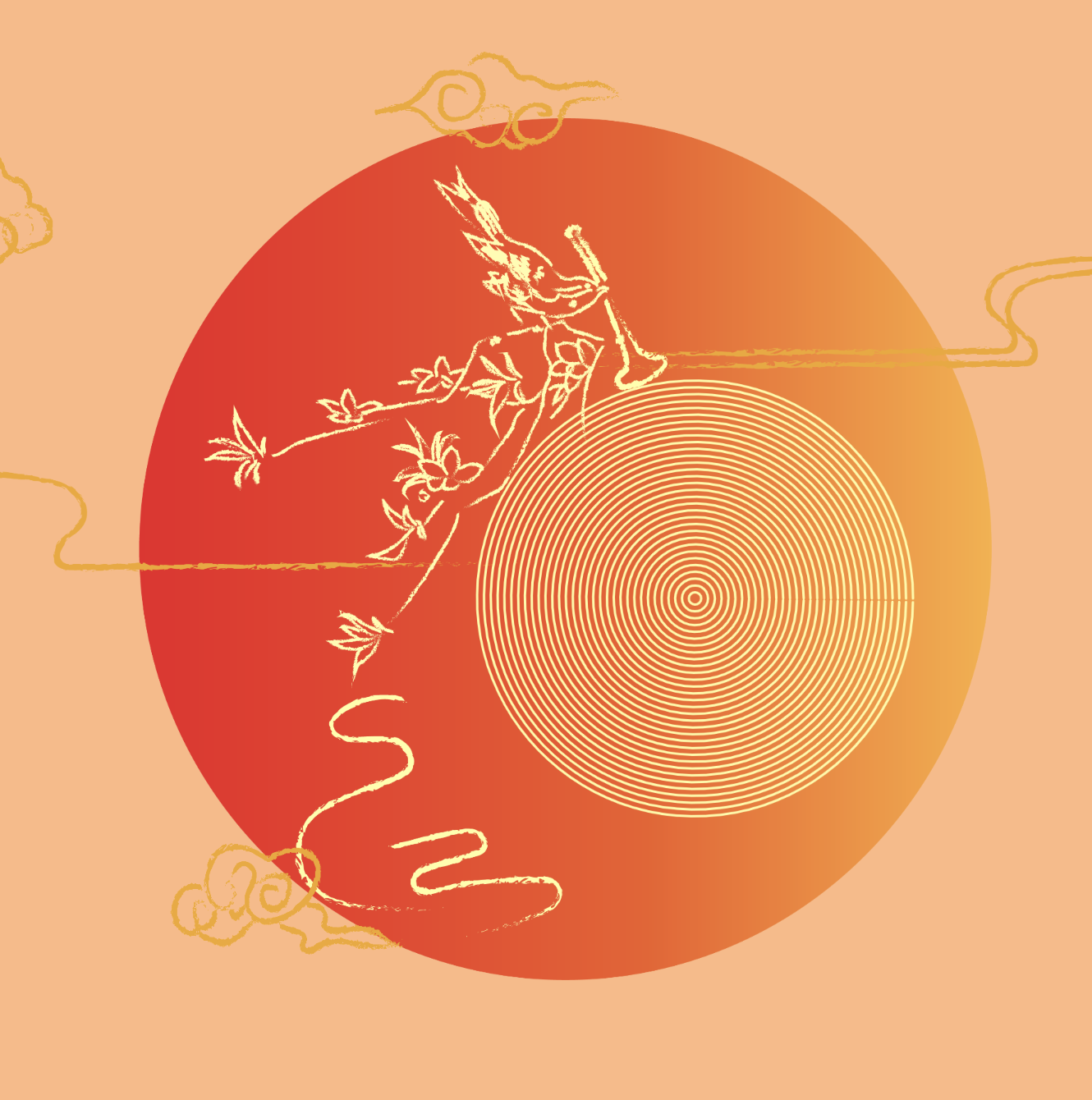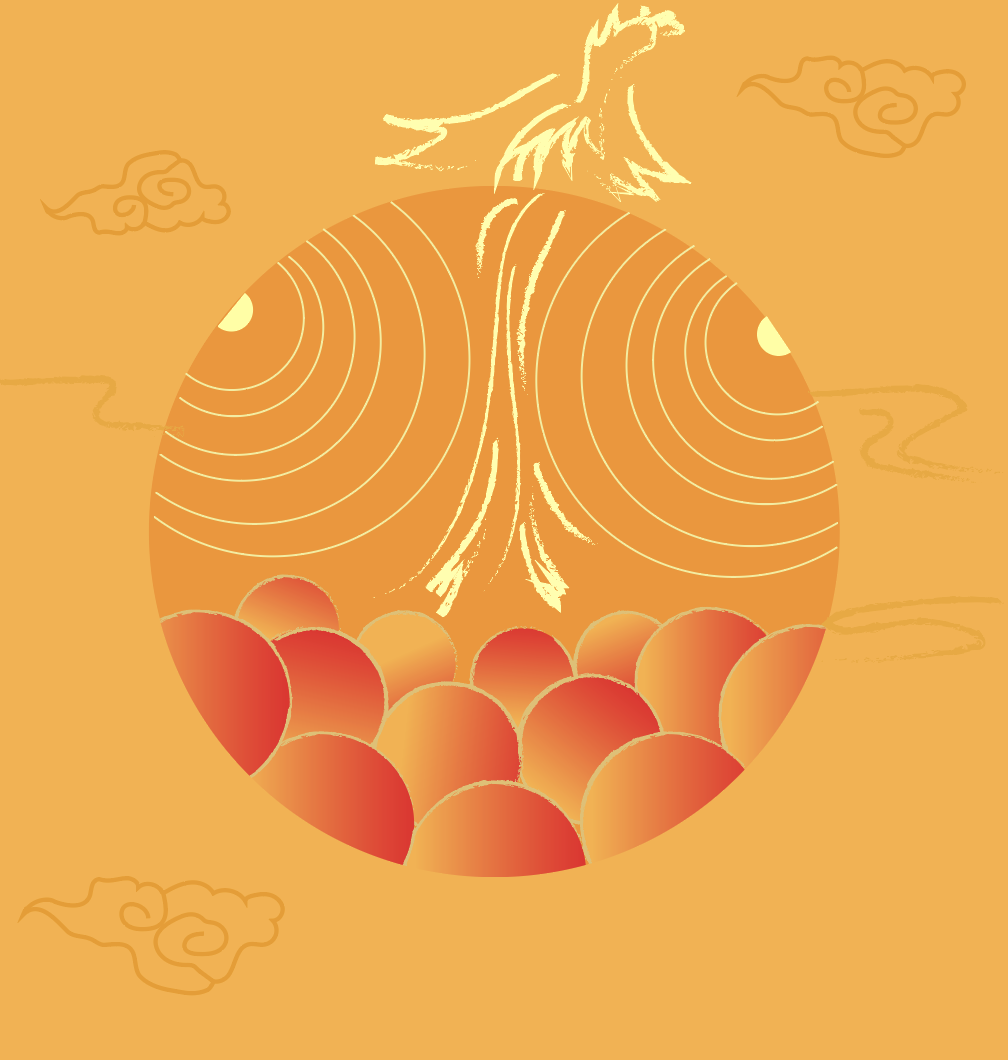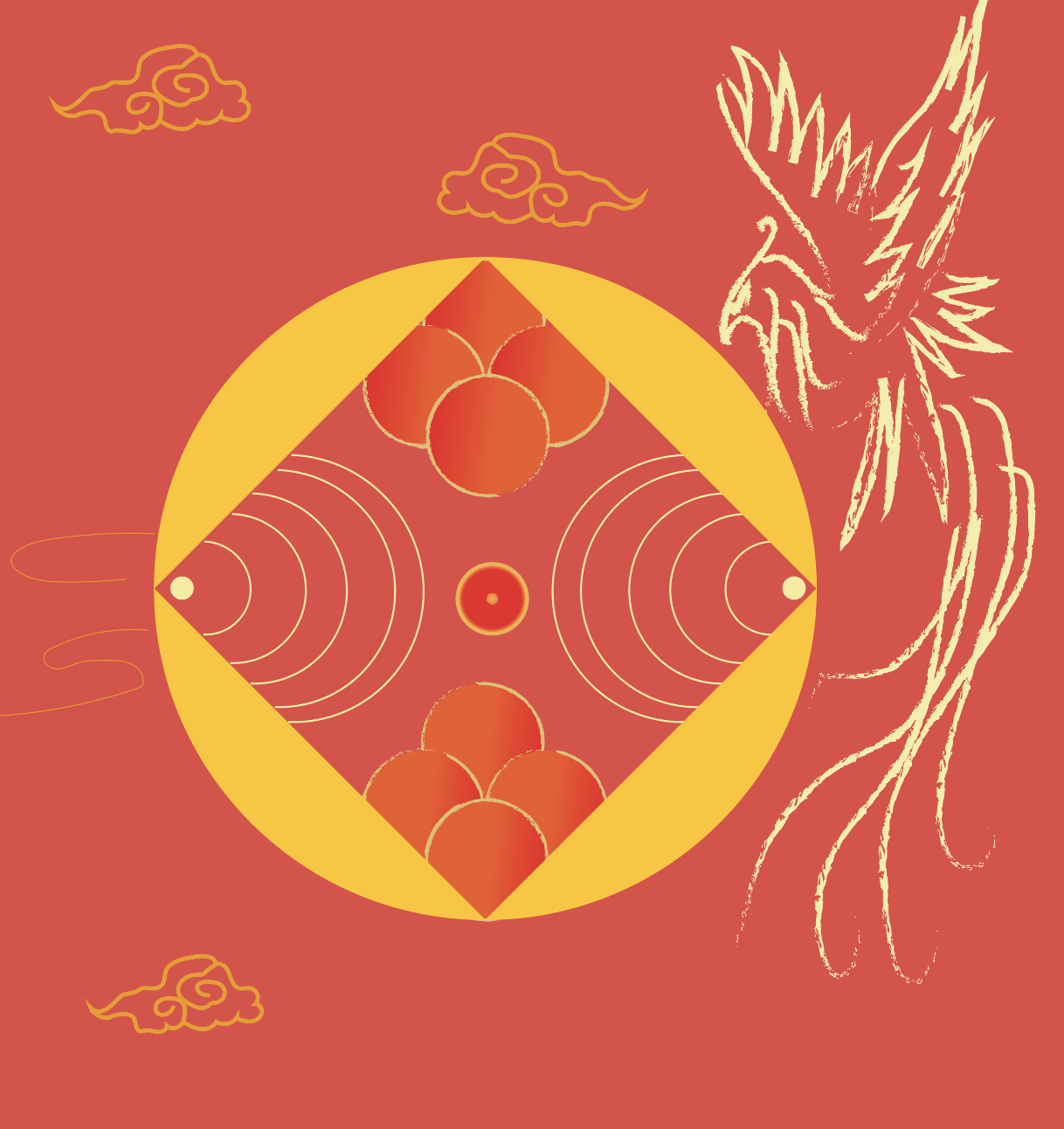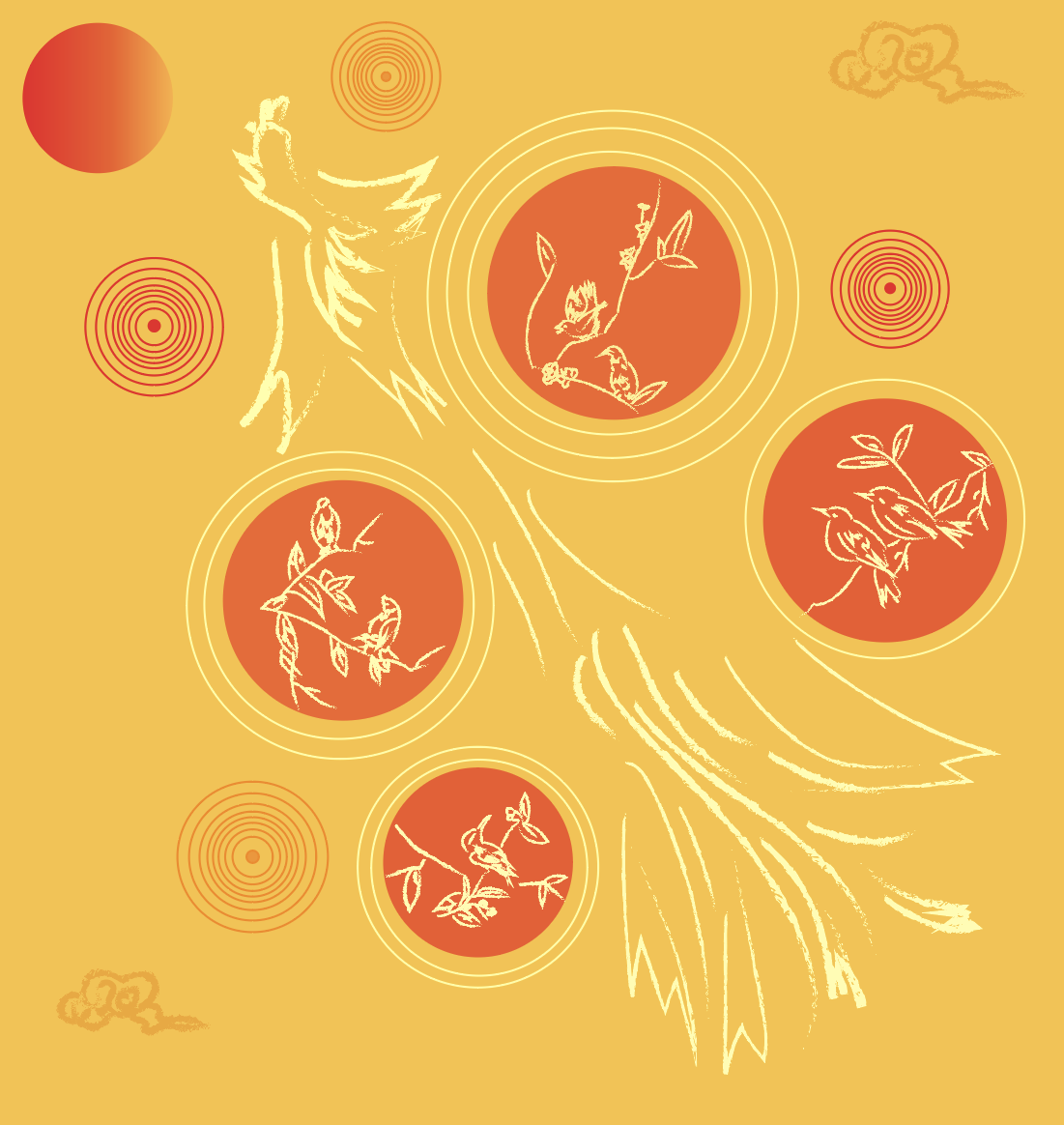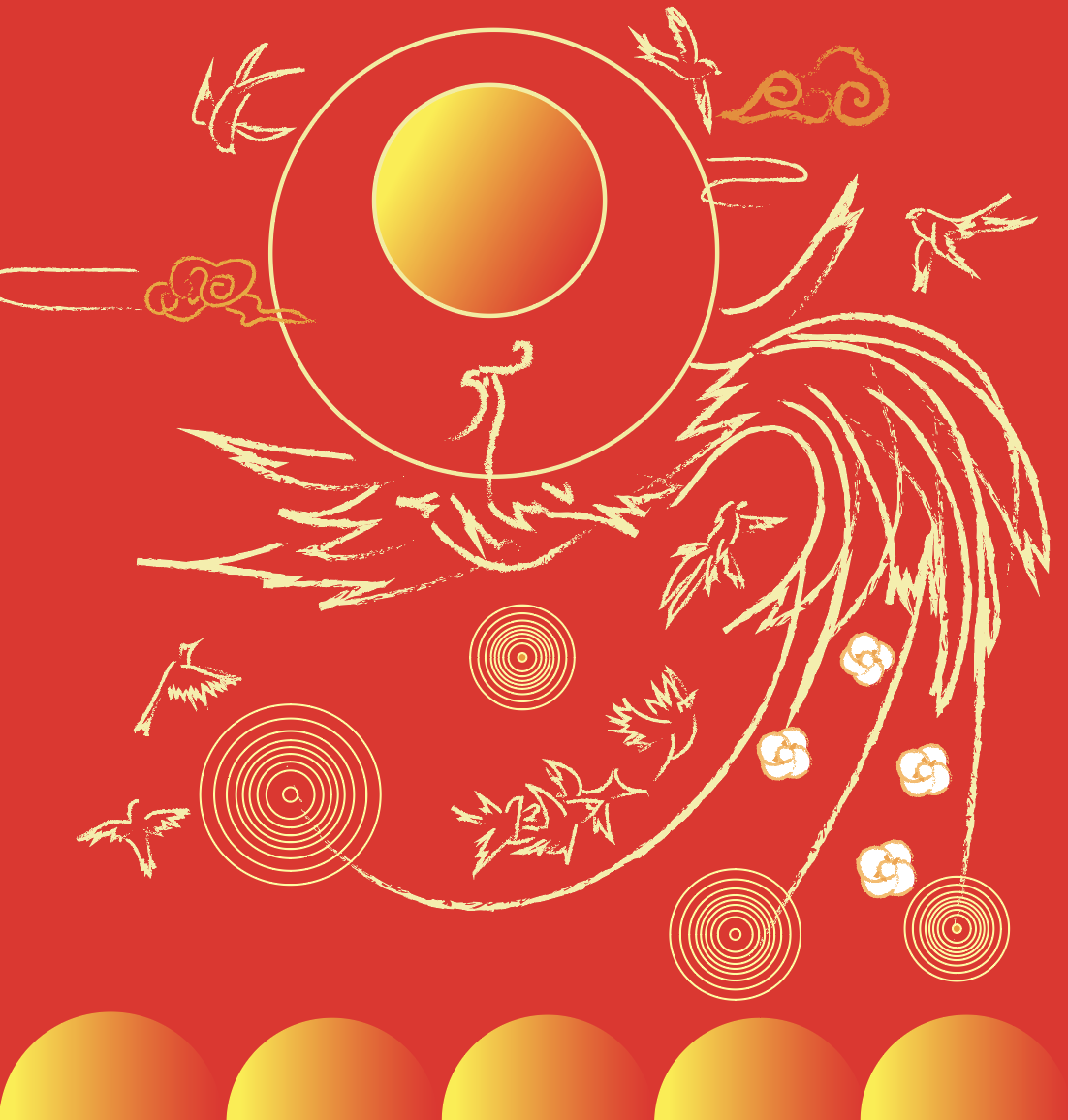Song of the Phoenix
Song of the Phoenix is a music visualization project
inspired by the famous Chinese Sorna piece Bai Niao Chao Feng (百鸟朝凤). As
the development of modern society, the sorna art is gradually disappearing, but
old artisans are still trying their best to make this art live on. This project
shows the unique sound of sorna through digital visualization and represent the
inheritance and reproduction of sorna art.

Chapters
Click on image to watch the full version of each chapter:
Project Development
My inspiration of this project starts from my grandpa. In my grandpa ‘s hometown, people used sorna at dfferent scenes like weddings or harvest celebration. However, in today’s China, we seldom hear sorna because there are less people learn and pass this skill and it is going to lose. Song of the Phoenix is one of the most famous sorna song in China and there is a film published in 2016 in the same name. I am inspired by this film as it talks about how elder people in China try their best to pass sorna to younger people and tell them the importance of passing valuable Chinese traditions. Therefore, I hope to seek a combination between technology and music to give this traditional sorna piece new energy. Also, through this project, I want to explore the significance of media art in inheritance and innovation.
Background
Sorna is the most national reed instrument in China.
Although this instrument was introduced to China from Arabia, Chinese people learn
the sorna and make it popular especially in the rural areas. Song of the
Phoenix is one of the most famous sorna works that interprets the
expressiveness of sorna to an extreme and it includes the most comprehensive
techniques of sorna art. The works show the vivid scene of nature at the
beginning of the dawn and the fading of the night and use music to shape the
beautiful environment desired by human beings.
![]()
![]()



Music Analysis
The sound of Song of the Phoenix has a profound artistic conception, and the scenes blend with each other. The performer is in the beautiful scene of stability and harmony and the chorus of birds, expressing people's love for the harmony and beauty of nature and their longing for a better life. Based on the rhythms and emotions of the song, I’ve separate it into eight chapters and each chapter has its unique scene.
Storyboard
Song of the Phoenix is showing the vibrant natural scene through the lively and cheerful tune. The story throughout the song is presenting the coming of spring and the birds playing in the forest with the phoenix. Each chapter has its own rhythm style and specific meaning of the scene. When the audience is watching the sound visualization, they are entering the plot the song. Thus, I note the rhythm of each chapter and draw out the storyboard to detail my expression of the scenes:
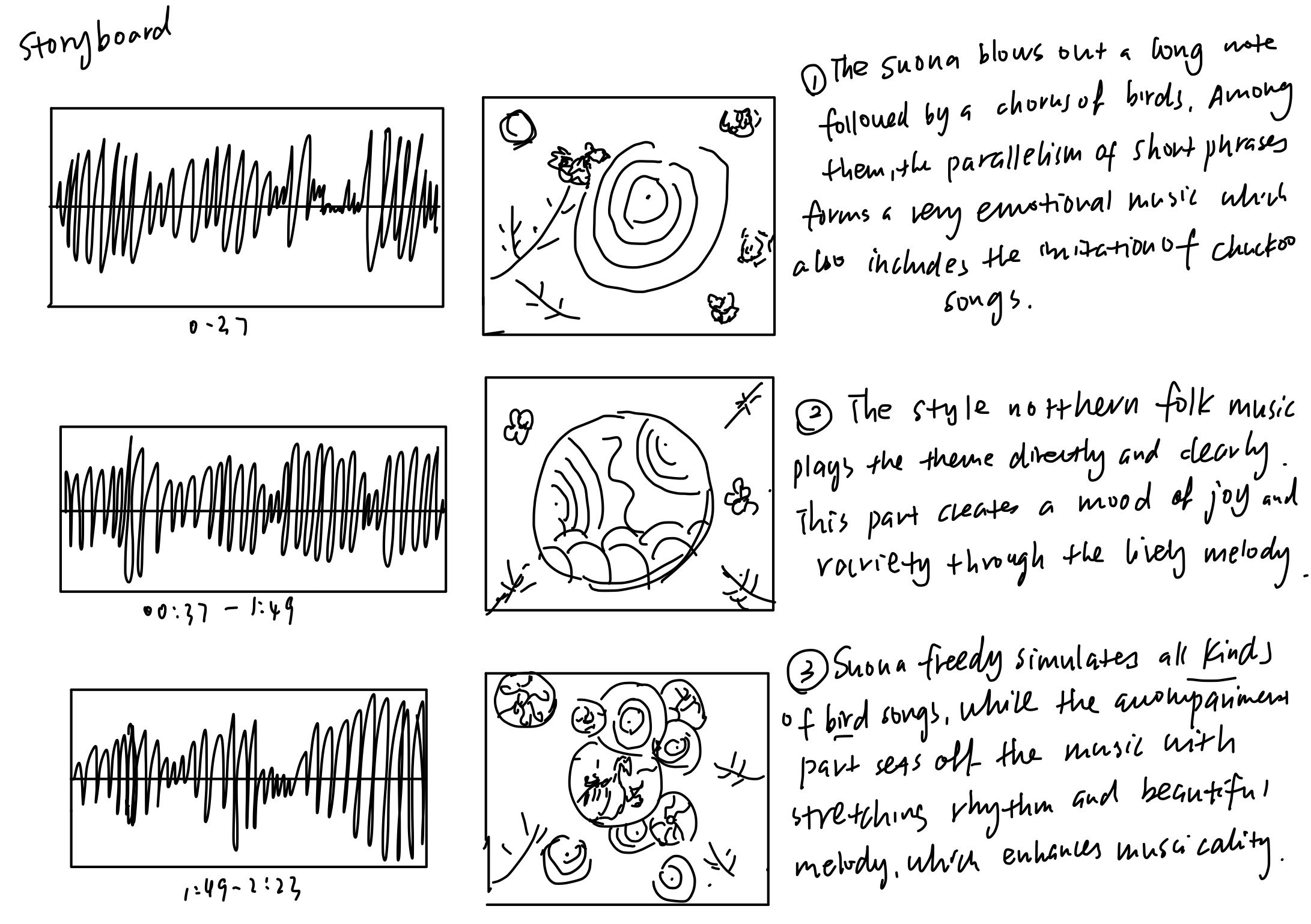


Elements
My goal is to combine patterns and colors that reflect traditional Chinese culture with the features of each chapter to present a dynamic visual effect. The song is presenting the happiness of harvest and the coming of spring. In China, when we are celebrating festivals, we like to use totem like xiangyun (祥云) to indicate the wish of good luck. We like to red gold and red colors to represent the festival atmosphere.

The birds in the projects are inspired from the style of Chinese ink painting which is one of the oldest continuous artistic traditions in the world and is famous for its style of flower-bird painting. In China, we like to use gold to draw the phoenix bird because it is mythological and it is the queen of all birds. Based on the combination of the Chinese ink painting styles and the gold color tone, I draw the illustrations of the bids.

Coding
The coding is based on the sound library in P5.JS. I use the p5.FFT, p5.SoundFile and p5. Amplitude to analyze the sound. The visual elements like the arcs and the birds will move based on the values extracted from the analysis. Also, base on the time and different sound experiences of each chapter, I use the visual state function to separate each chapter into unique visual representations.

Created by Jiaxin Huang
